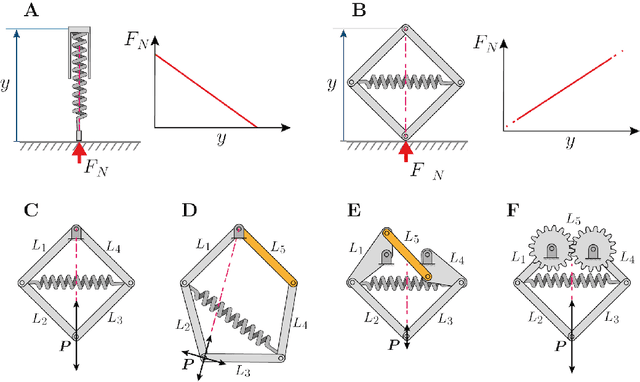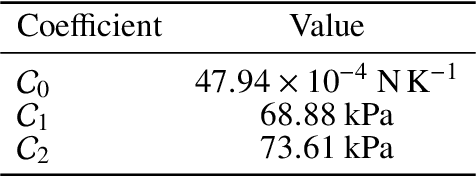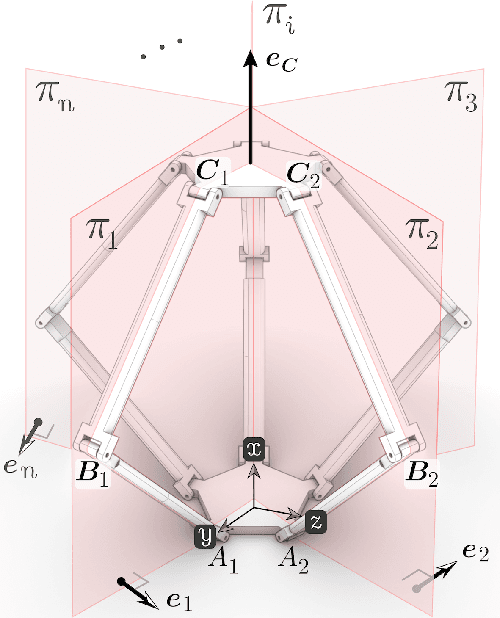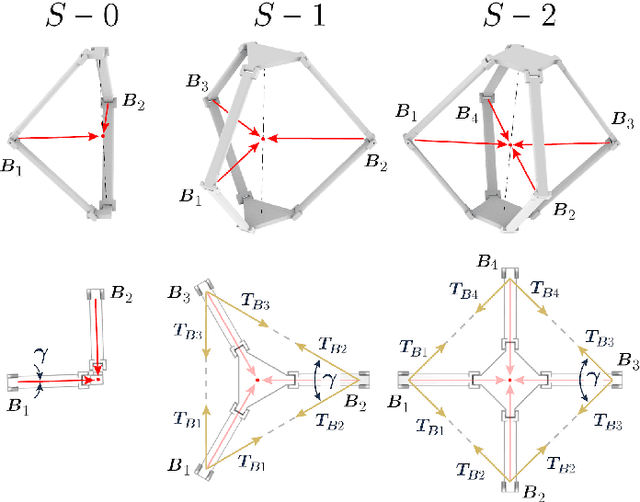CLOVER Robot: A Minimally Actuated Jumping Robotic Platform for Space Exploration
Paper and Code
Jan 11, 2022



Robots have been critical instruments to space exploration by providing access to environments beyond human limitations. Jumping robot concepts are attractive solutions to negotiate complex terrain. However, among the engineering challenges to overcome to enable jumping robot concepts for sustained operation, reduction of mechanical failure modes is one of the most fundamental. This study set out to develop a jumping robot with focus on minimal actuation for reduced mechanism maintenance. We present the synthesis of a Sarrus-style linkage to constraint the system to a single translational degree of freedom without the use of typical synchronising gears. We delimit the present research to vertical solid jumps to assess the performance of the fundamental main-drive linkage. A laboratory demonstrator assists the transfer of theoretical concepts and approaches. The laboratory demonstrator performs jumps with 63% potential-to-kinetic energy conversion efficiency, with a theoretical maximum of 73%. Satisfactory operation opens up design optimisation and directional jump capability towards the development of a jumping robotic platform for space exploration.
 Add to Chrome
Add to Chrome Add to Firefox
Add to Firefox Add to Edge
Add to Edge